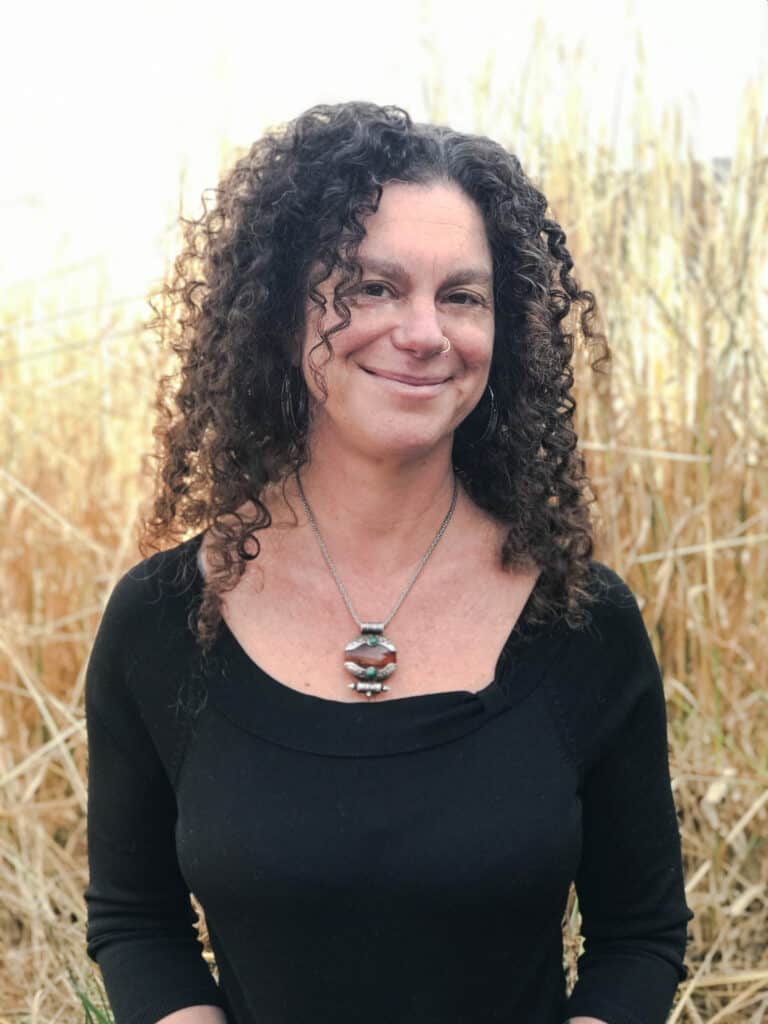Ayurvedic Postpartum Nutrition

For this week’s blog, we invited Ayurvedic specialist, Kem White, back to speak with us. Kem is a Santa Cruz native, mother of three, community herbalist, and Ayurvedic practitioner. Through her studies of Traditional Ayurvedic Medicine and herbalism, Kem has helped empower women with educational-based knowledge and individualized treatments, helping them step into their self-care routines. We asked kem to come back and talk with us about Ayurvedic postpartum nutrition.
.
Ayurvedic nutrition Postpartum
Ayurvedic medicine is an ancient Indian medical system that is still practiced today around the world. As discussed in the previous blog, Ayurvedic nutrition during pregnancy traditional ayurvedic medicine is individualized and based on specific criteria. In Ayurveda, each person has their own constitution made up of different doshas; these doshas are called Vata, Pitta, and Kapha. From an elemental perspective, Vata is ether and air, Pita is fire and water, and Kapha is water and earth. To truly follow Ayurvedic principles, it is important to know your Dosha; however, today, we will talk about nutrition essential for all Doshas postpartum.
Ayurvedic postpartum nutrition
Many traditional practices worldwide illustrate the importance of rest, relaxation, and rejuvenation to recover from the process of childbirth, which can be depleting. Many traditions believe the way you treat your body postpartum directly affects your health long-term, especially in your later years as a woman. Today we are here to go over simple care regimens that you can practice postpartum to restore vitality.
Rest
Rest, rest, rest, and when you think you’ve gotten enough, sleep some more! New mothers and babies are advised to rest as much as possible, anywhere from forty days to six weeks. It is advised that during this time, both mom and baby stay mostly in bed. Household tasks such as cooking and cleaning are taken care of, and all outside visitors are limited unless they are there to support and help. This period is thought of as the time to “mother the mother” while she steps into her new role and recovers.
Warmth
Warmth is important for postpartum healing. During your postpartum recovery, try and keep your environment warm to prevent imbalances. Warming foods are used to help heal and revitalize your body. I like to remind people that this doesn’t mean you should be overheated, but instead making sure that your environment is never chilling. You can do this by sipping warm water, drinking warm tea, eating warm broths, hot water bottles, etc.
Hydration
Staying hydrated helps keep cells plumped up and the immune system functioning correctly. Hydration will help with postpartum healing and helps to flush excess hormones through your system, which helps prevent postpartum depression. There are three elements of hydration, these three elements are:
Electrolytes: Electrolytes help to ensure the body has enough minerals to regulate hydration and assimilate water in your body.
Probiotics: Probiotics help your body maintain a healthy flora and fauna.
EFA’s: Essential fatty acids allow for proper absorption of fluid intake. EFA’s also help by pumping up your cells so that water doesn’t flush through your system. There is also a bonus of making your skin glow!
Nutrition
Proper nutrition postpartum helps promote and restore Agni, the digestive fire. It is essential to consider your food choices postpartum and remember that food is medicine. Commonly used kitchen spices ( ginger, cardamom) can help expel bloating, gas and promote digestion. Try and limit sugar, caffeine, and cruciferous vegetables during your first thirty days postpartum. Try and remember that while breastfeeding, you are truly feeding both your baby and yourself; this means that it is essential that you are getting enough calories throughout the day.
Lymphatic system
Your lymphatic system and immune systems are the same. This means that it is crucial to consider your lymphatic system whenever your body has gone through a transition. Childbirth is a transition! To promote a healthy lymphatic system, rest, hydration, nutrition, and warmth are essential!
Abyanga is manual lymph drainage in ayurvedic medicine. Traditionally Abhyanga is a therapeutic massage with warm oil. You can also practice self-massage at home using a gua sha, dry brush, silk gloves, or salt scrub!
Wrapping it up
Try and remember to rest, hydrate, stay warm, and nourish yourself well. Allow your community to support you and help you during this time. Please remember to treat each day as a new day! This time is a gift for both your child and you to bond and settle in. Congratulations, and remember to call upon outside support when you need it.
Thank you, Kem White, for joining us this week. We hope you enjoyed learning about Ayurvedic postpartum practices as much as we did! Please remember that everyone’s body is unique, and to dive deeper into these concepts, a consult with an Ayurvedic Specialist is recommended. Kem White works in Santa Cruz at the office of Santa Cruz Midwives and offers her services through their website. Please get in touch with her today to schedule an appointment. Kem also offers a lymphatic drainage massage.


